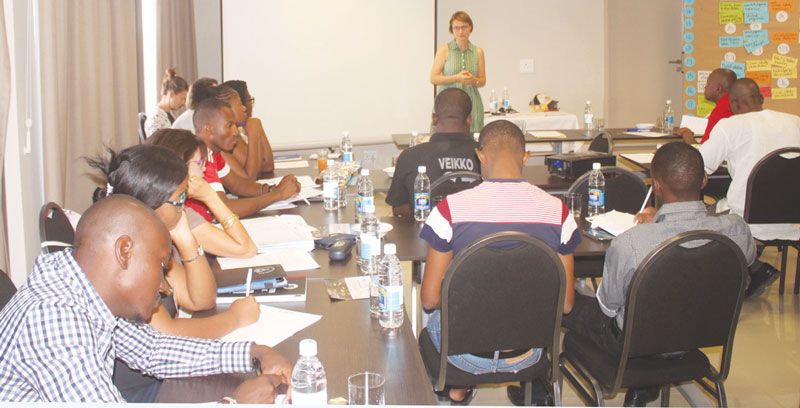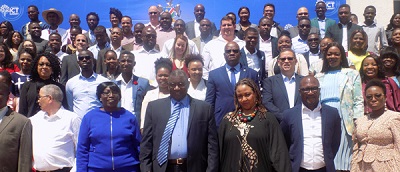
Determine the value of natural capital

Economic valuations of the environment was the topic of an intensive five-day training course conducted last week at Hardap near Mariental.
“In Namibia, nature counts because ecosystems and their biodiversity underpin the country’s economy and human well-being and need to be conserved. The natural capital is a basic necessity for all. About 70% of Namibia’s population directly relies on it for their livelihood” stated the Ministry of Environment and Tourism upon conclusion of the training.“The conservation of Namibia’s biodiversity depends on our capacity to understand, measure and value nature and to design economic instruments and implement policy. Investing in human capital and strengthening environmental economics are crucial for achieving our biodiversity conservation targets”, said Project Coordinator, Mr. Ferdinand Mwapopi. “At this training session we looked into methods on how to value nature and participants learned to apply valuation methods and instruments correctly, with relevance to their specific policy purposes” he said. The training course is part of the Resource Mobilization for Biodiversity Conservation (ResMob) Project.
Decisionmakers, Members of Parliament, technical experts and key stakeholders that have considerable interest in economic valuation methods as well as selected members of the Environmental Economics Network and some students from the University of Namibia (UNAM) and the Namibian University of Science and Technology (NUST) attended the training session from 31 October to 4 November. The overarching goal of the ResMob project is to improve Namibia’s capacity in mobilizing resources for biodiversity conservation, specifically to enable the country to effectively implement its second National Biodiversity Strategy and Action Plan (NBSAP 2). The first National Biodiversity and Action Plan (NBSAP 1) was launched in 2001 for the conservation of biodiversity, the sustainable use of its components and the fair and equitable sharing of the benefits from its commercial utilization.












































